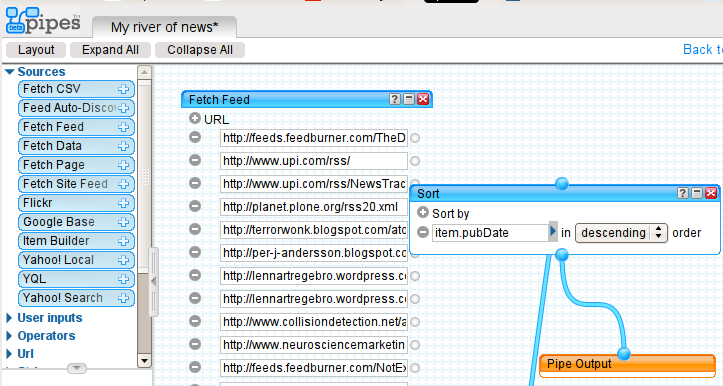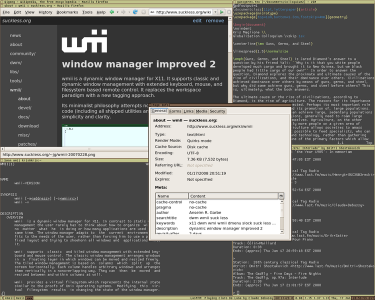Tysk polis jagade superkriminell fantomkvinna som gjort topsen de använt att ta DNA med från brottsplatserna...
Hennes DNA länkades till 40 brottsplaster i Tyskland, Österrike och Frankrike. Jakten pågick i femton år. Polismördare, tjuv och mycket annat kunde hon lägga till sina titlar. Fast till slut så verkar det som om det var en kvinna som paketerade topsarna man tog DNA-spår som förorenat dem. För ett år sedan skrev BBC om fantomkvinnan som man inte fick tag i:
The suspect, known as the Phantom of Heilbronn, is wanted in connection with 30 crimes, including six murders and dozens of robberies.
Läs mer: BBC NEWS | World | Europe | Germany hunts phantom killer
Ska bli spännande att se vad som händer i framtiden, nu när vi tex vet att en människa kan flera människors DNA i sig, pga gravididet, transplantion eller vara en naturlig chimera. I Tyskland har man f ö just släppt ett par tvillingar ur häktet. Man tror att båda gjort juvelstöten, men man kan inte bevisa det riktigt...
She was one of Germany's most-wanted criminals. Dubbed "The Phantom of Heilbronn" and "The Woman Without a Face," she apparently committed an extraordinary series of crimes across Germany over more than 15 years, including murders, break-ins and theft. Lab tests showed her DNA at 40 different crime scenes. Investigators had to admit they were stumped.
The most notorious case was in April 2007 in Heilbronn where a 22-year-old policewoman was shot dead and her colleague (25) seriously injured. On the back seat of the police car, detectives found what they thought was DNA from the mysterious killer. As part of the investigation, 800 previously convicted women were questioned - but there was no match to the sample. Her DNA was found over and over again: in bottles, tank lids, on bullets – and once even on a biscuit! Traces were found in southern Germany, Austria and France.
Läs mer: Phantom killer was a myth: Police track DNA of a cotton bud maker for two years - Bild.de


